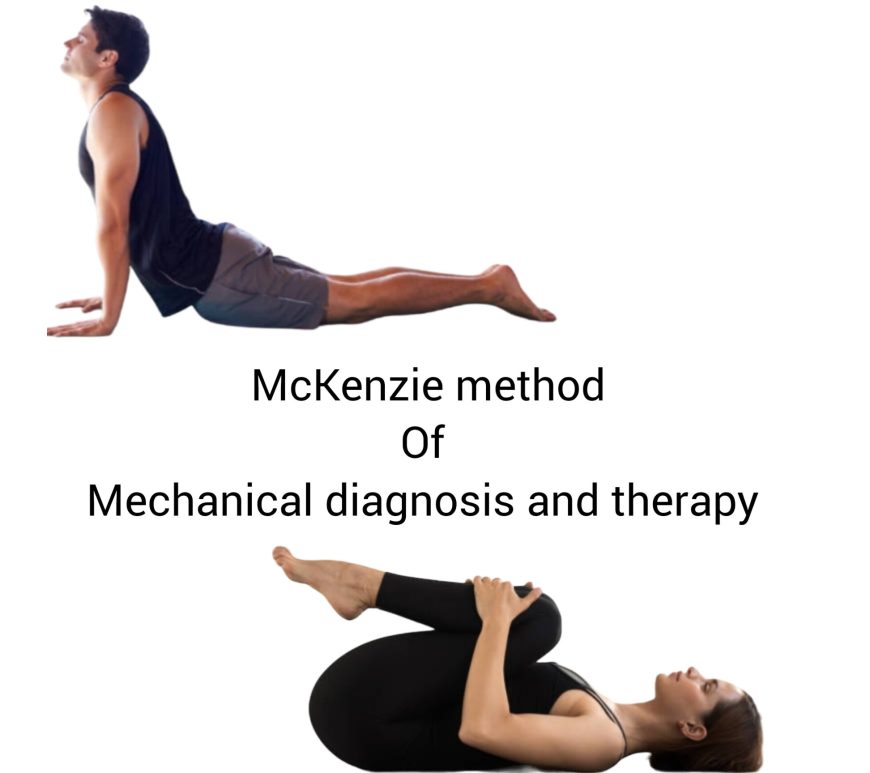
Centeralisation phenomena: the complete guide to understanding the most popular finding during orthopaedic physical examination
Introduction The increasing reduction and elimination of distal pain in response to therapeutic loading procedures is referred to as centralization. During the decrease of a derangement, centralization occurs. This blog provides a full discussion of the phenomenon as well as an overview of its features. Definition Centralisation is the process by which the distal pain coming from the spine is gradually eliminated from distal to … Continue reading Centeralisation phenomena: the complete guide to understanding the most popular finding during orthopaedic physical examination
